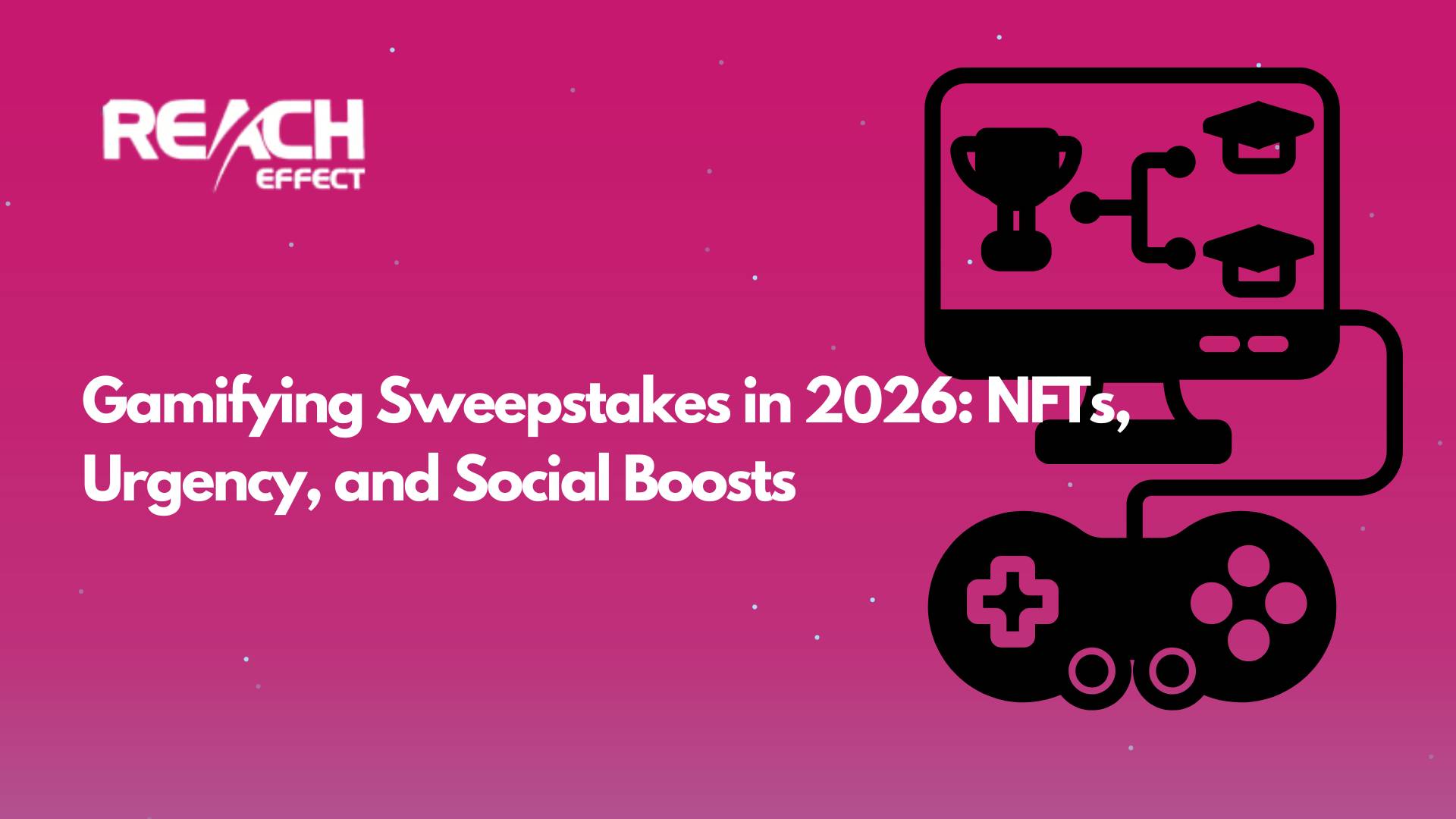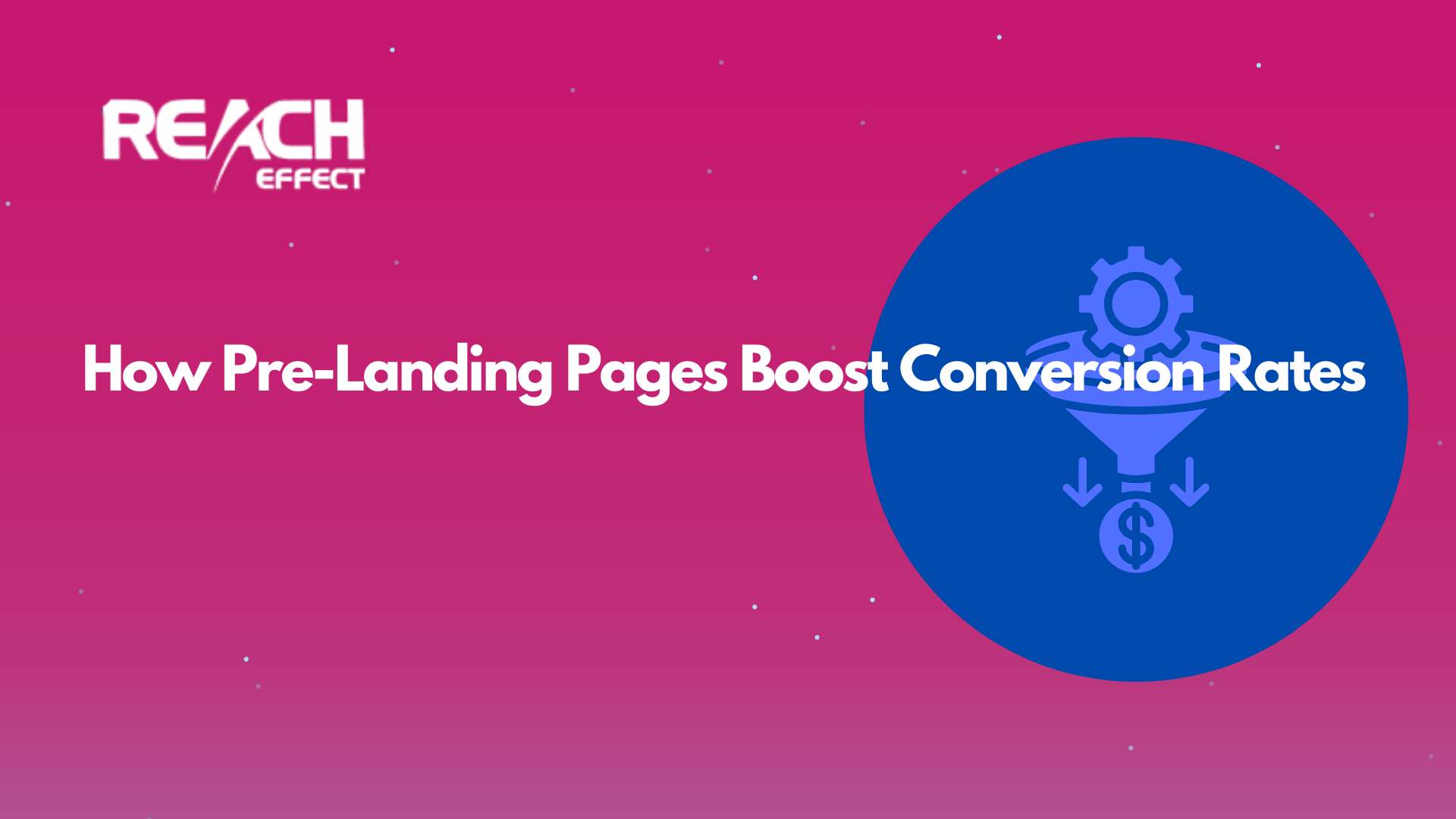Let’s start with the basics. ARPU is a metric that tells you the average amount of revenue generated by each user or customer over a specific period of time. Think of it as a snapshot of how much value each person is adding to your business. It’s widely used by companies with subscription models, like streaming platforms, telecom providers, or software-as-a-service (SaaS) businesses, but it can apply to almost any company that tracks revenue and users.
Thank you for reading this post, don't forget to subscribe!For example, imagine you run a small online fitness app. If you made $50,000 last month and had 5,000 active users, your ARPU would be $10 per user. Pretty straightforward, right? It’s a quick way to see how your revenue stacks up against your user base.
How Do You Calculate ARPU?
The formula for ARPU is simple. You take your total revenue for a period (say, a month or a quarter) and divide it by the number of users you had during that same time. Here it is in action:
- Total Revenue ÷ Number of Users = ARPU
Let’s use a real-world example. Suppose a music streaming service earns $2 million in a month and has 200,000 subscribers. Divide $2 million by 200,000, and you get an ARPU of $10 per user. That’s it! No complicated math required.
The beauty of ARPU is that it works for businesses of all sizes. Whether you’ve got 100 users or 1 million, this metric helps you keep tabs on your revenue on a per-person basis.
Why Does ARPU Matter?
So, why should you care about ARPU? Well, it’s more than just a number. It’s a window into how your business is performing and how valuable your customers are. Here are a few reasons it’s such a big deal:
- Understanding Customer Value: ARPU shows you how much each user contributes to your bottom line. A higher ARPU means your users are spending more, which is usually a good thing.
- Guiding Business Decisions: If your ARPU is low, you might need to rethink your pricing or find ways to encourage users to spend more. On the flip side, a growing ARPU could mean your strategies are working.
- Tracking Growth: Over time, ARPU can help you spot trends. Are your marketing efforts paying off? Is a new feature driving more revenue? ARPU can give you clues.
For companies like those partnering with ReachEffect, which focuses on helping businesses optimize their advertising, ARPU is a key indicator of whether those efforts are translating into real revenue gains.
Why Does ARPU Matter?
Why should ARPU be on your radar? It’s more than just a figure, it reveals how your business is doing and how valuable your users are. Here’s why it’s a game-changer:
- Gauging Customer Value: A higher ARPU means users are contributing more revenue, signaling strong engagement or pricing power.
- Informing Decisions: Low ARPU might prompt a pricing tweak or a push for upsells, while a rising ARPU shows your efforts are paying off.
- Monitoring Trends: Tracking ARPU over time highlights what’s working, whether it’s a new feature or a marketing campaign.
For businesses partnering with ReachEffect, ARPU is a vital sign of whether advertising efforts are boosting revenue per user.
What Influences ARPU?
Several factors can shift your ARPU. Here are some key players:
- User Segments: Different customers pay differently. Free users drag ARPU down, while premium subscribers lift it up.
- Pricing Changes: Adjusting rates or adding tiers can boost ARPU, if users see the value and stick around.
- Engagement Efforts: Marketing that resonates can drive users to spend more, nudging ARPU higher.
How Can Businesses Boost ARPU?
Knowing what ARPU is and why it matters is half the battle. Now, how do you improve it? Try these approaches:
- Upsell and Cross-Sell: Offer premium plans or extras. A fitness app might pitch a $10/month plan with exclusive workouts.
- Retain Users: Loyal customers spend more over time, raising ARPU indirectly. Focus on satisfaction to keep them around.
- Refine Targeting: Use data to reach high-value users. Smart advertising can attract people willing to pay more.
For clients of ReachEffect, optimizing ad campaigns can draw in users who boost ARPU through higher spending.
A Practical Example
Imagine you manage a meal planning app. Your ARPU is solid, but you want it higher. You roll out a premium recipe pack for $8/month and promote it with targeted ads to frequent users. Because the ads hit the right audience, sign-ups spike. That extra revenue per user lifts your ARPU, showing how small changes can add up.
This strategy doesn’t just pad your revenue—it builds a habit of users valuing and investing in your offerings.
Final Thoughts
ARPU is a lens into how much each user contributes to your success. It’s a practical tool for spotting growth opportunities and measuring impact. Whether you’re adjusting prices, refining your audience, or enhancing your product, ARPU keeps you grounded in what matters: revenue per user.
For businesses aiming to thrive, mastering ARPU can unlock smarter, more profitable decisions.










